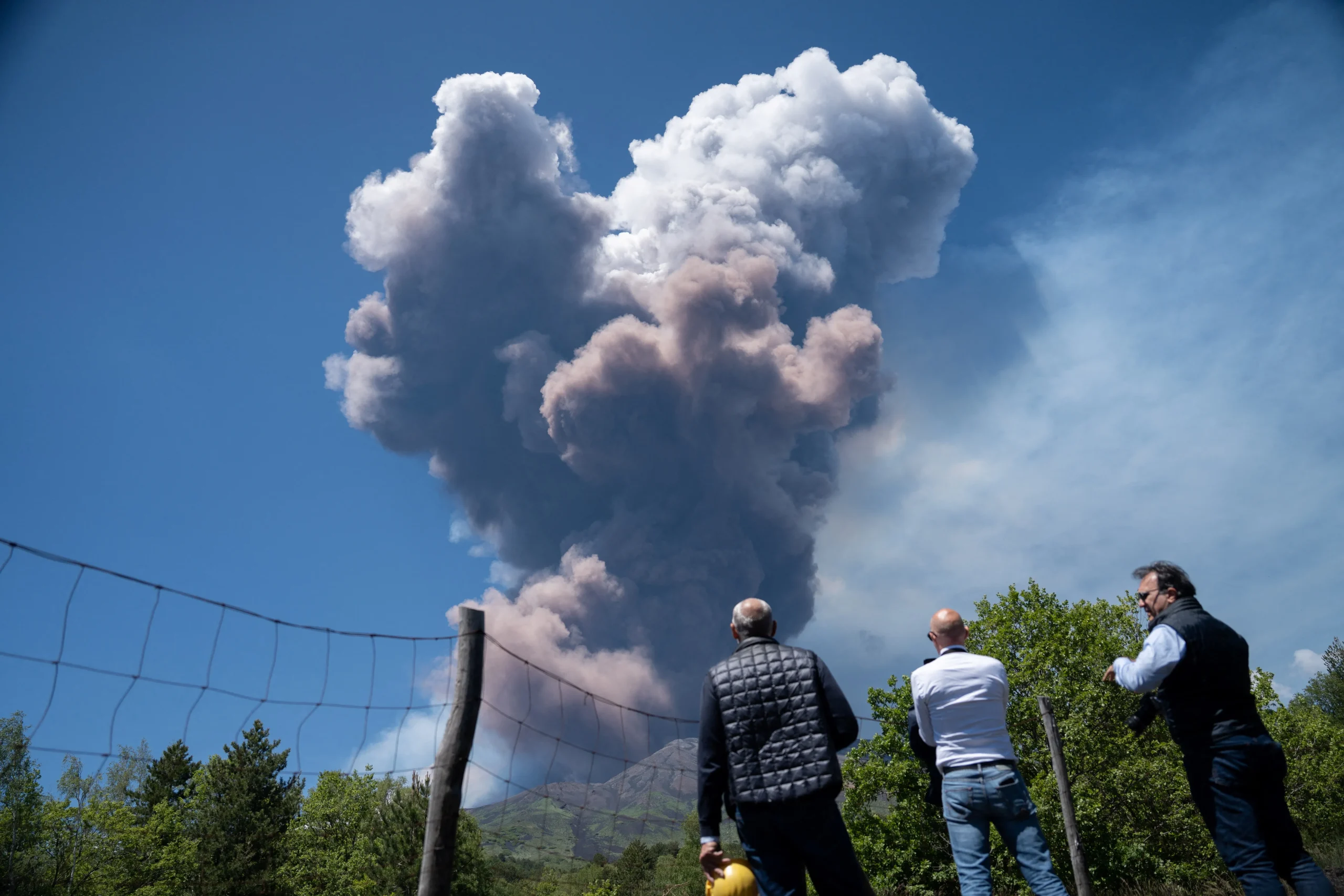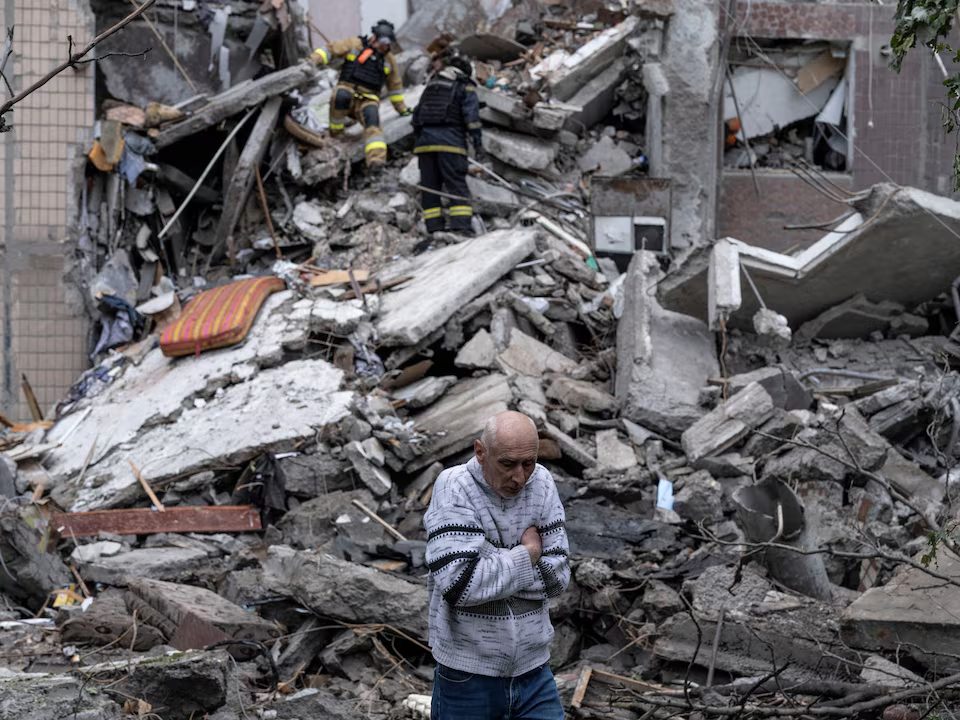Mount Etna, Europe’s most active volcano, erupted once again this week, unleashing a breathtaking display of lava fountains and ash plumes that lit up the skies over eastern Sicily. The eruption, which began late Monday and continued into Tuesday, June 3, has drawn global attention for its dramatic visuals and geological power.
The eruption sent streams of molten lava down the slopes of the volcano and shot plumes of volcanic ash high into the atmosphere. While the spectacle has captivated residents and tourists, Italian authorities are monitoring the activity closely to ensure safety in surrounding communities.
Etna, located near the city of Catania, has a long history of frequent eruptions, but experts at Italy’s National Institute of Geophysics and Volcanology (INGV) noted that this latest episode was particularly vigorous. The institute reported that the volcano emitted lava fountains reaching up to 500 meters high and ash columns as tall as 4,000 meters.
Despite the intensity of the eruption, no injuries or major damage have been reported. Authorities temporarily closed the airspace above the Catania airport due to reduced visibility, leading to flight delays and diversions. By Tuesday afternoon, limited air traffic had resumed under careful monitoring.
Nearby towns, including Nicolosi and Zafferana Etnea, were blanketed in a thin layer of ash, prompting local officials to issue safety advisories and recommend protective measures for residents. Schools in some areas were closed for the day, and street cleaning operations were initiated to remove volcanic debris.
Local resident Anna Russo described the eruption as both terrifying and beautiful. “We live with Etna, we respect it. When it erupts, it reminds us of nature’s force—but it’s also a stunning show of fire and light,” she said.
Geologists emphasize that Etna’s activity is not unusual, and such eruptions are part of its regular behavior. The volcano has erupted multiple times in the past year, with varying levels of impact. Scientists continue to monitor seismic and volcanic data to assess any potential escalation.
Mount Etna rises over 3,300 meters above sea level and has been erupting for hundreds of thousands of years. It was designated a UNESCO World Heritage Site in 2013 for its scientific and cultural significance. Its frequent eruptions contribute to the fertility of the surrounding region, which supports vineyards, orchards, and agriculture.
Tourists and photographers have flocked to safe viewing spots to witness the display, with images of lava lighting up the night sky circulating widely on social media. Local tour operators reported a spike in demand for guided volcano tours, though authorities have restricted access to high-risk zones.
Emergency services remain on alert, and regional authorities have assured the public that preparedness measures are in place should the situation deteriorate. Scientists maintain that the current eruption, while spectacular, appears to be contained and poses no immediate threat to heavily populated areas.
As Mount Etna’s fiery display continues to light up Sicily’s skies, it serves as a vivid reminder of the island’s ever-present geological dynamism — and the awe-inspiring power of nature.
Source; Al Jazeera



